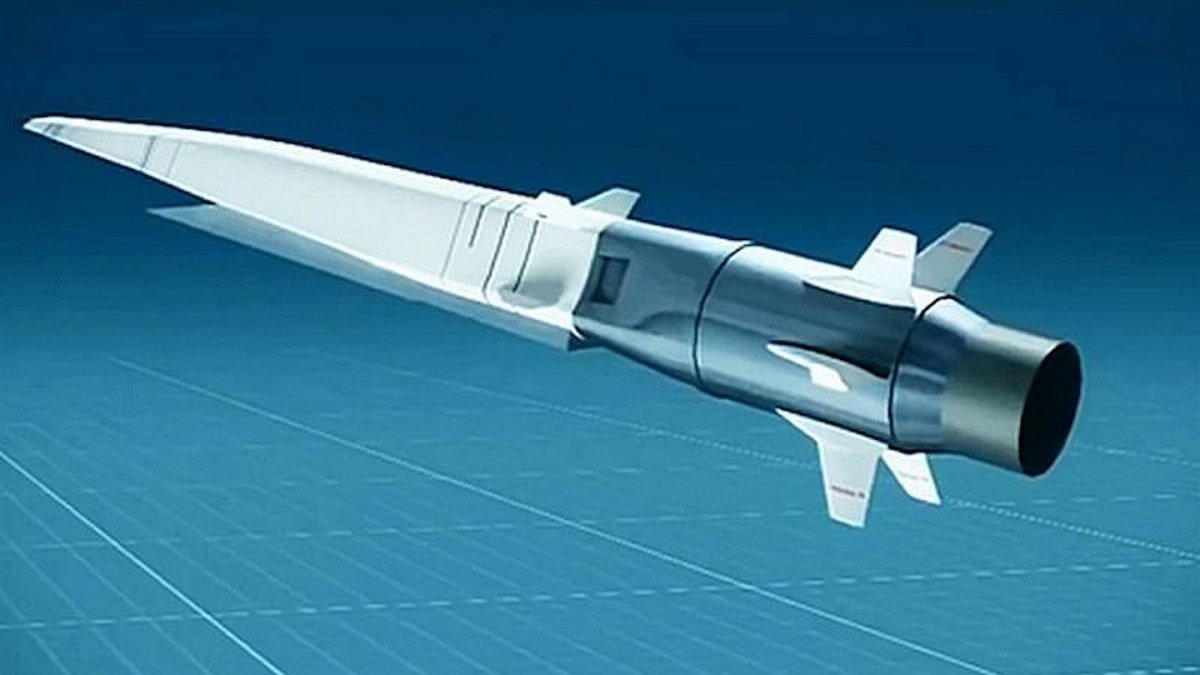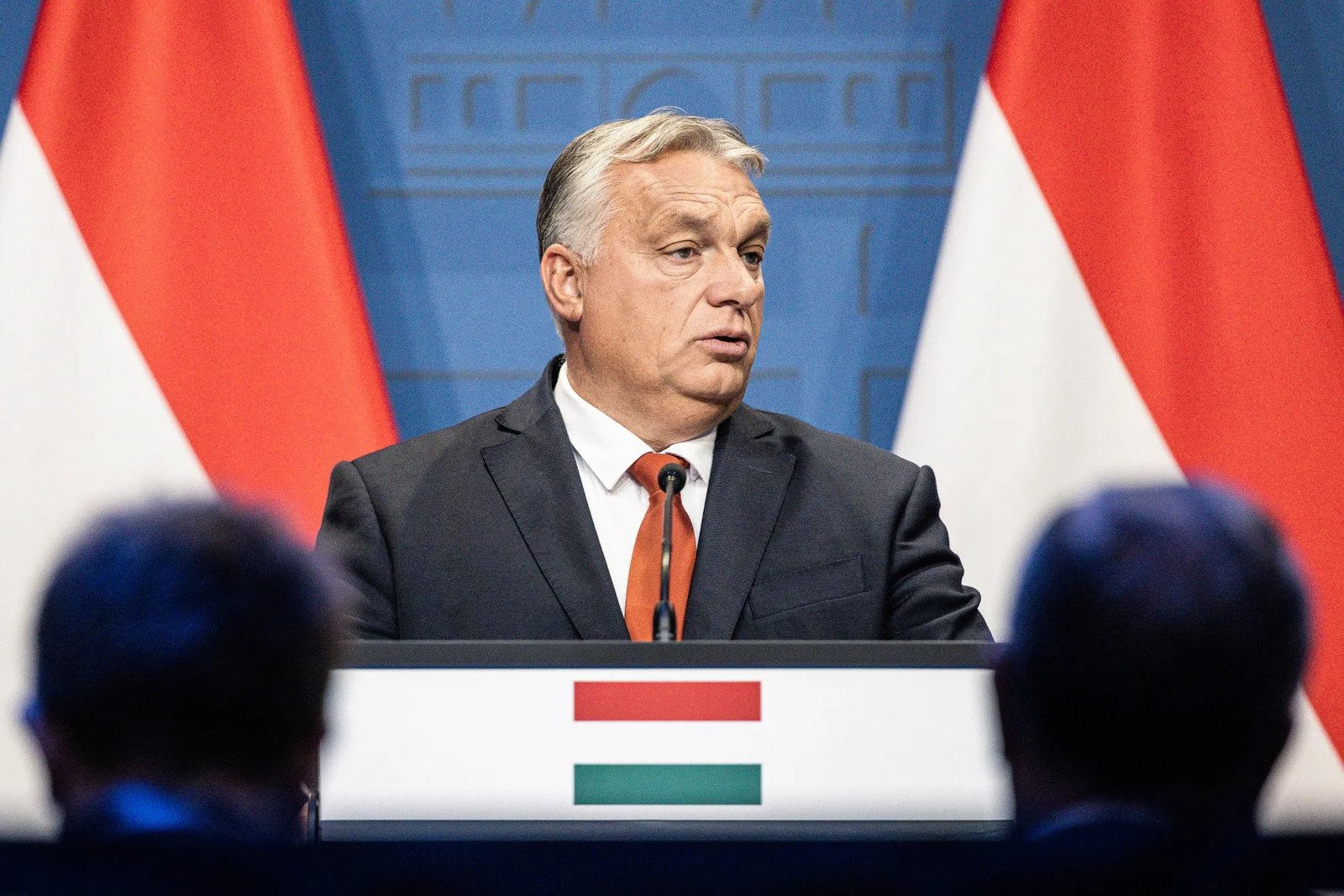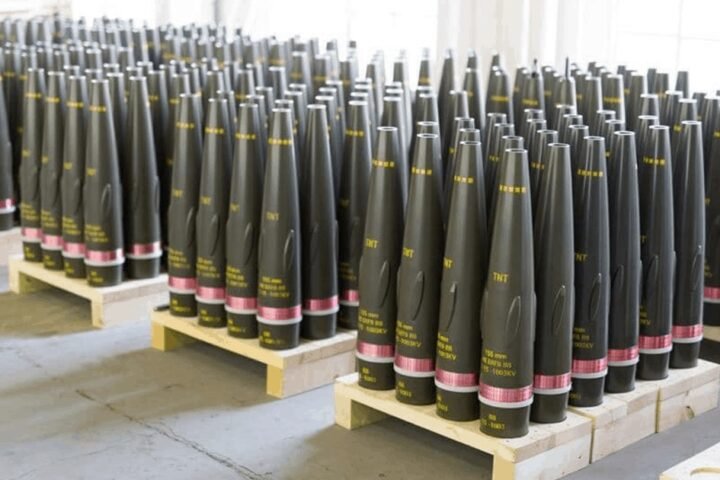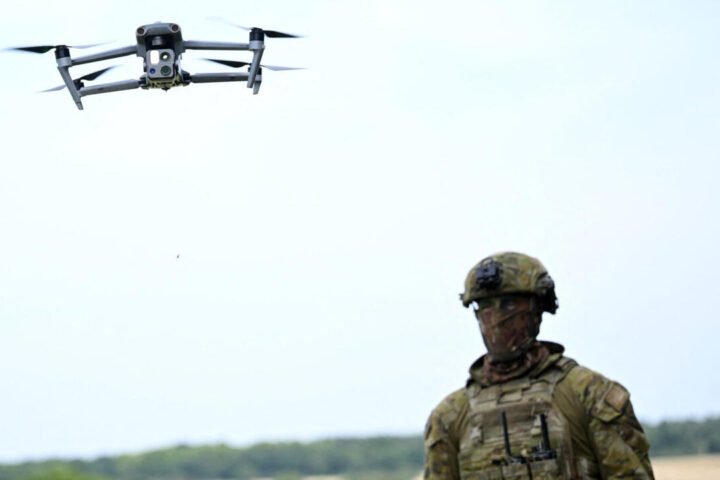Russia’s launch of a Zircon hypersonic missile during the “Zapad-2025” military drills in the Barents Sea has underscored Moscow’s readiness to challenge the United States directly with weapons capable of striking both naval and land targets. The test, conducted on September 14, demonstrated the ability to deploy a system that is effectively beyond the reach of existing U.S. and NATO missile defense networks, raising fresh concerns in Washington about the protection of carrier strike groups in the North Atlantic and along Europe’s coasts.
Implications for U.S. defense strategy
The Zircon’s successful launch was particularly alarming given its proximity to Russia’s Northern Fleet bases, where strategic submarines operate within range of U.S. military infrastructure in Iceland, Greenland, and even the eastern seaboard. For American planners, this expands the threat far beyond Europe, creating vulnerabilities across key transatlantic routes essential to U.S. force projection. Defense analysts note that such advances undermine decades of investment in missile defense systems, which may prove incapable of stopping hypersonic weapons.
Strategic pressure on Washington
The U.S. News report highlighted how the demonstration was less a regional show of strength than a calculated move to signal Russia’s readiness for strategic confrontation with the United States. By proving it can target American assets with weapons immune to interception, Moscow aims to erode confidence in U.S. security guarantees among NATO allies. Should European capitals begin doubting Washington’s ability to shield them, the cohesion of the transatlantic security framework could be at risk.
Kremlin’s use of military intimidation
Beyond its technical significance, the launch represents a form of strategic blackmail. By placing U.S. naval forces within reach of advanced missiles, Moscow seeks to create political leverage, forcing Washington to respond under pressure. Such demonstrations fit a broader Kremlin strategy of reshaping the balance of power by combining military capabilities with geopolitical intimidation, leaving the United States to either accelerate investment in counter-hypersonic technologies or risk strategic disadvantage.
A long-term challenge
The Zircon launch is not an isolated event but part of a sustained Russian effort to redefine its military posture. Analysts warn that this trajectory compels the U.S. to reassess its global security priorities, balancing commitments in Europe with growing demands in the Indo-Pacific. Unless Washington acts preemptively to reinforce both its defenses and allied confidence, Moscow’s strategy could weaken America’s standing across the transatlantic alliance.










